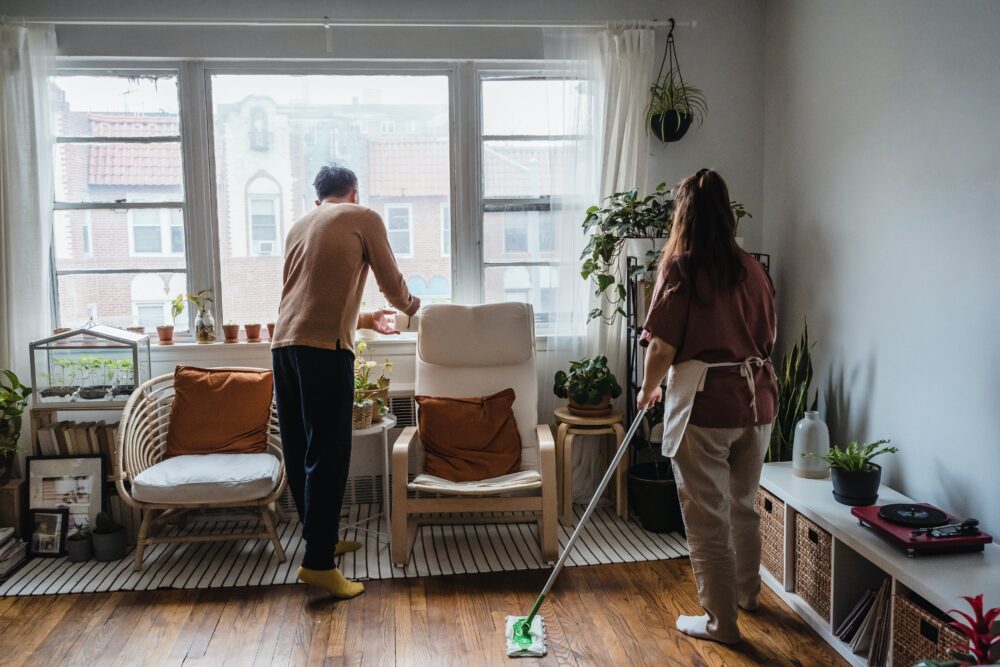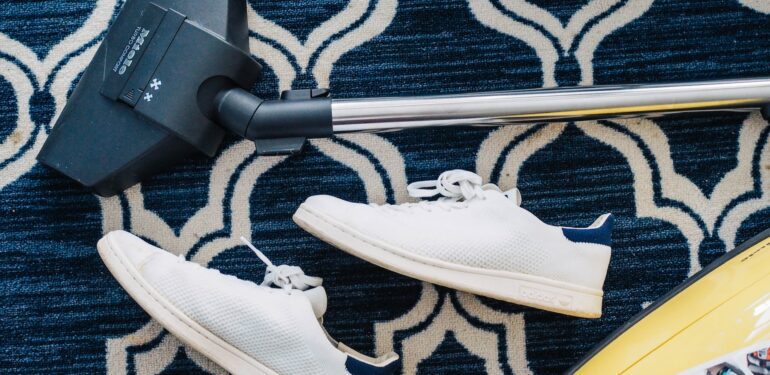Is your home feeling cluttered and chaotic? Do you find yourself constantly searching for things amidst the mess? It’s time to take control and declutter your home. Not only will a clutter-free space bring a sense of peace and calm, but it can also improve your overall well-being. In this simple guide, we’ll walk you through the steps to declutter your home with ease.
Assessing the Situation
Before diving headfirst into decluttering, it’s important to assess the current state of your home. Take a walk through each room and identify problem areas. Is your closet overflowing with clothes? Is your kitchen counter buried under a pile of dishes? Understanding the specific areas that need attention will help you prioritize your decluttering efforts.
Setting Goals
Setting goals is a crucial step when decluttering your home. By establishing clear objectives, you create a roadmap for your decluttering project and stay focused on achieving tangible results. Start by envisioning what you want your space to look and feel like after decluttering. Break down your goals into smaller, manageable tasks that can be accomplished one at a time. For instance, if you want to declutter your entire living room, you can set goals like organizing the bookshelf, clearing out the coffee table, and tidying up the entertainment center. Setting specific, achievable goals helps you stay motivated, track your progress, and ultimately transform your cluttered space into an organized and peaceful sanctuary.
Sorting and Categorizing
Sorting and categorizing are essential steps in the decluttering process. When faced with a cluttered space, it can be overwhelming to know where to start. You create a system that simplifies decision-making by sorting your belongings into categories. Create categories such as keep, donate, sell, and discard. As you go through each item, ask yourself if it brings you joy, is something you use regularly, or serves a purpose in your life. Be honest and ruthless in letting go of items that no longer serve you. Sorting and categorizing helps you declutter efficiently and provide a clearer picture of what you have and what you truly need.
Donation and Disposal Options
As you declutter, you’ll likely come across items that you no longer need but are still in good condition. Rather than throwing them away, consider donating them to local charities or organizations. Many organizations accept clothing, furniture, and household items to support those in need. Additionally, research proper ways to dispose of items that cannot be donated, such as electronics or hazardous materials. Follow government-mandated guidelines on the proper disposal of these types of waste. The team at Zero Waste Group advises booking professional rubbish removal for ethical and responsible disposal of waste items. Moreover, items such as furniture can be repurposed for renewed use, which helps lessen the things we throw into landfills. All these emphasize that proper disposal ensures environmental responsibility.
Organizing Strategies
Once you’ve sorted and categorized your belongings, it’s time to implement effective organizing strategies. Invest in storage solutions that suit your needs, such as bins, baskets, or drawer organizers. Maximize the use of vertical space by utilizing wall shelves or hanging organizers. Assign a designated place for each item, ensuring that everything has its own spot. This will make it easier to find things and maintain an organized home.
Implementing Daily Habits
Decluttering isn’t a one-time task; it requires consistent effort and maintenance. Implementing daily habits will help prevent clutter from accumulating again. Make it a habit to put things back in their designated spots after use. Set aside a few minutes each day to tidy up and declutter surfaces. By consistently practicing these habits, you’ll avoid the overwhelming task of decluttering in the future.
Seeking Support
Decluttering can be daunting, especially if you have a large amount of stuff or an emotional attachment to specific items. Don’t hesitate to seek support from family, friends, or professionals. Involving family members in the process not only lightens the workload but also helps create a sense of shared responsibility. Consider hiring a professional organizer who can provide guidance and expertise in decluttering your home if needed.
Maintaining a Clutter-Free Home
Congratulations! You’ve successfully decluttered your home. But the journey doesn’t end here. To maintain a clutter-free space, create routines and habits for regular cleaning and decluttering. Dedicate specific weekly days or times to tidy up, declutter surfaces, and reassess your belongings. Regularly revisit the categories you’ve established and let go of things that no longer serve a purpose in your life.

Decluttering your home is a transformative process that brings both physical and mental benefits. Following this simple guide can efficiently declutter your home and create a space that promotes peace and productivity. Decluttering is not a one-time task but an ongoing commitment to maintaining a clutter-free lifestyle. Embrace the journey and enjoy the rewards of a simplified and organized home.


